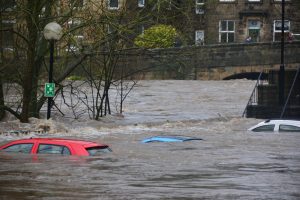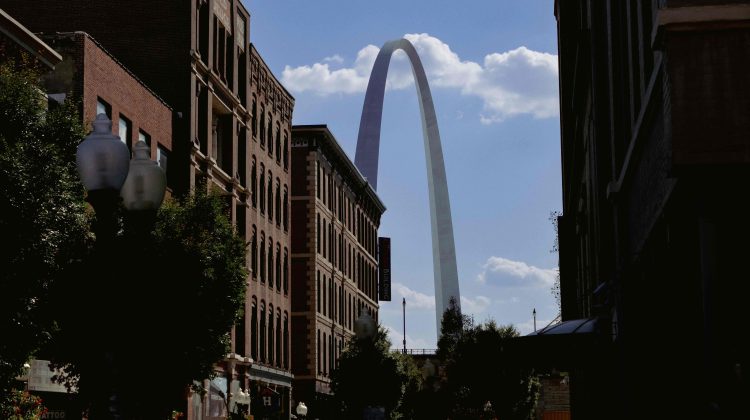For Mississippi residents, the days of summer fun are long gone: it’s flash flood season. People in Jackson saw a record 5.05 inches of rainfall last Wednesday, accounting for 8% of the city’s annual rainfall in one day.
This prompted a state of emergency to be declared. Jackson Mayor Chokwe Antar Lumumba asked for residents in vulnerable areas to evacuate their homes.
Not only Jackson was affected by floods. East of Jackson, cities such as Forest and Wiggins experienced 8.89 and 8.20 inches of rainfall, respectively. I-90, a central highway, was closed down and partly swept away. In Brandon, Mississippi, residents at a nursing home were evacuated, and a train derailed.
So, what can lead to this natural phenomenon that causes such destruction?

What Causes Flash Flooding?
The two main factors responsible for flash flooding are high rainfall intensity and a long rain duration. Because flash flooding occurs quickly, it’s often associated with other natural phenomena, such as heavy rain following a hurricane or storm. When water cannot be absorbed into the ground, water levels build up and start flooding.
Floating debris can accumulate after heavy rainfall. If materials stop the flow of water, it can lead to further flooding both up- and downstream.
Impact of Flash Floods
Flash floods are highly dangerous. While tornadoes are the most destructive weather event as far as imminent danger and property damage, floods are, in fact, the second most dangerous weather condition in terms of total fatalities over time, with droughts being the first.
No deaths have been reported following the recent flooding in Mississippi. Unfortunately, the same can’t be said about flooding that occurred in Dallas, Texas last Monday, where a 60-year-old woman died after becoming trapped in her car.
It’s crucial to take flood warnings seriously to protect yourself and your loved ones. By following this guide, you can be more prepared if the time comes.
What to Do in Case of a Flash Flood
What preventative measures should take place in the moments leading up to, during, and after a flash flood? Certain precautions are suggested during the different phases of a flash flood event.
During a Flood Watch
- During periods of heavy rain, It’s important to pay attention to weather reports to be in the know about your city’s flood risk. Local weather channels and news sources provide this needed information.
- Move any items such as outdoor furniture inside. Do the same with any heavy furniture located in your basement, moving it to higher ground.
- Avoid outdoor activities.
During a Flood Warning
- Keep listening to and obeying safety information. If you’re asked to evacuate by city officials, make sure to leave as soon as possible. In this case, only take with you what you absolutely need, such as medications, food and water. Bring pets with you if it is safe to do so. For more detailed information, visit ready.gov.
- Avoid driving. It can wait! Roads can be flooded without your knowledge. If you must travel by car during an evacuation, follow these flood safety driving tips.
- Avoid wading through floodwater. Find another safe path.
- Stay on higher floors.
After a Flood Watch
- Even after a flood is over, continue listening to news reports for safety-related updates.
- If you left your home, return only after you’ve been directed to by a safety official.
- Check on your items for needed repairs, and replace anything damaged during the flood.
- If you’ve been injured, contact a Mississippi personal injury attorney to find out your options.
- Offer help to those around you.



No Comment